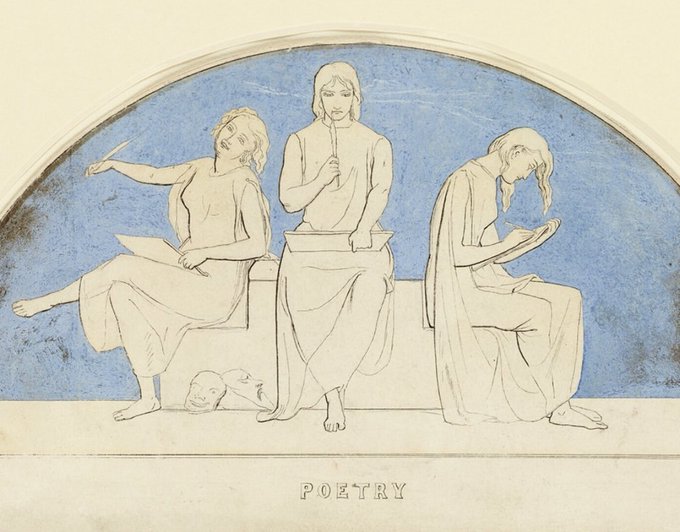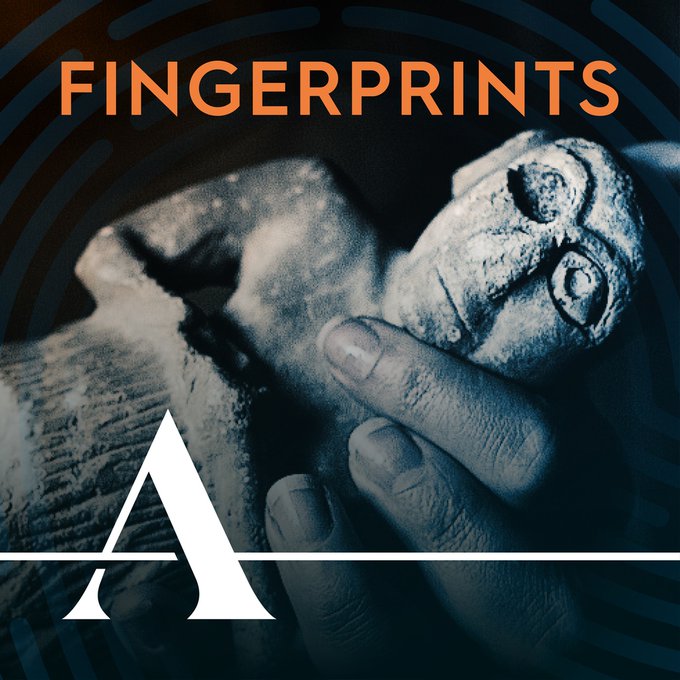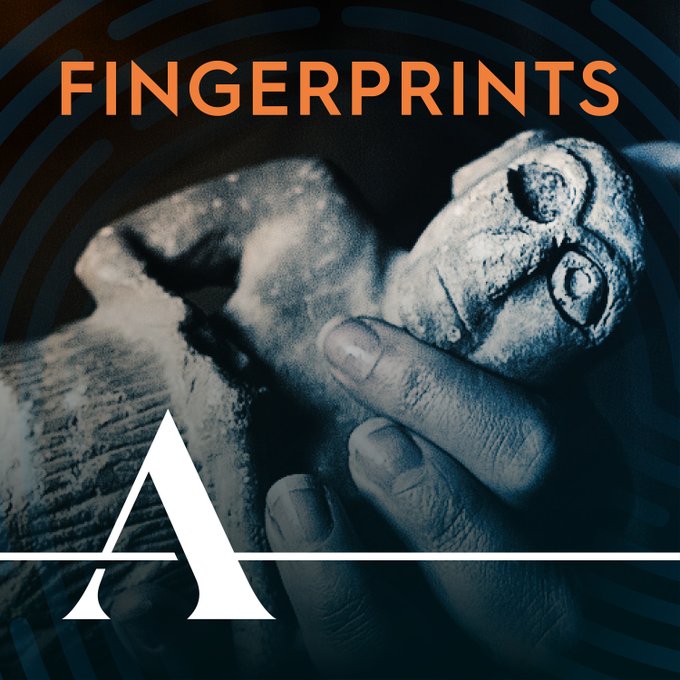Music and poetry 💙
These drawings are by Pre-Raphaelite artist Sir John Everett Millais. He worked on this project during the summer of 1847 and possibly 1848, before the founding of the Pre-Raphaelite Brotherhood. #PreRaphsOxford
You can hear all about this beautiful piece and get even closer to the detail with our Viewing Art Mindfully episode with Dr Clare Pollard: https://t.co/OM7Pb9Y3gk
🌿 Cranes, cycads, and wisteria, Nishimura Sōzaemon, 1895 - 1915. 205 x 278 cm. EA1958.81
Here, John Ruskin has captured the apse of Pisa's cathedral. In 1873, he said this building that ‘no architecture on this grand scale, so delicately skilful in execution, or so daintily disposed in proportion, exists elsewhere in the world’.
This tile comes from the workshops of William De Morgan, one of the most important ceramic artists of the Arts and Crafts movement. De Morgan is known for his experimental glazes, innovative firing techniques and patterns inspired by works from across the globe & across time.
In the summer of 1915, Walter Sickert stayed with his friend Walter Taylor in Brighton. During his visit he drew a troupe of Pierrots on stage. Immediately after his return to London, he painted this picture of the actors playing to a sparse audience on the sea front.
Meet Hangaku Gozen, one of a few female samurai warriors known in Japanese history and literature. The print featured here is a part of a series called The Lives of Wise and Heroic Women and is by Utagawa Kuniyoshi.
https://t.co/8WEOtnQx5H #IWD22 #WomensHistoryMonth
This object is ‘a very curious Tureen in the form of a boar’s head, and a beautiful dish to ditto with proper ornaments’, according to a Chelsea Factory sale catalogue. It was created at the significant & artistically-ambitious factory between 1755-1760. https://t.co/GjTkmQyUYV
Wishing you a very happy #SuperbOwlSunday, with this lovely sketch by Pre-Raphaelite artist Sir Edward Burne-Jones, from a letter he wrote and illustrated in the late 1800s.
Listen to Fingerprints, a new podcast in which we look at objects from across the globe & uncover the invisible fingerprints left behind by makers, looters, soldiers, curators, and more, revealing ways in which conflict & colonialism have shaped the Museum https://t.co/lFmoLfZ7rQ
Today we launch Fingerprints, a brand new podcast in which we look at objects from across the globe and the hands they’ve passed through to reach us, from makers, looters, soldiers, curators, and many more, revealing the ways conflict and colonialism have shaped the Museum.












